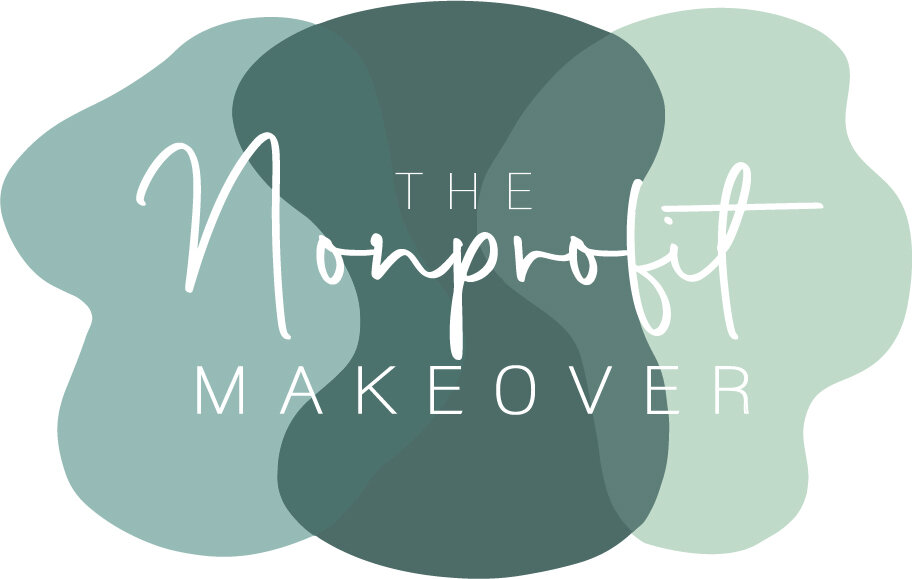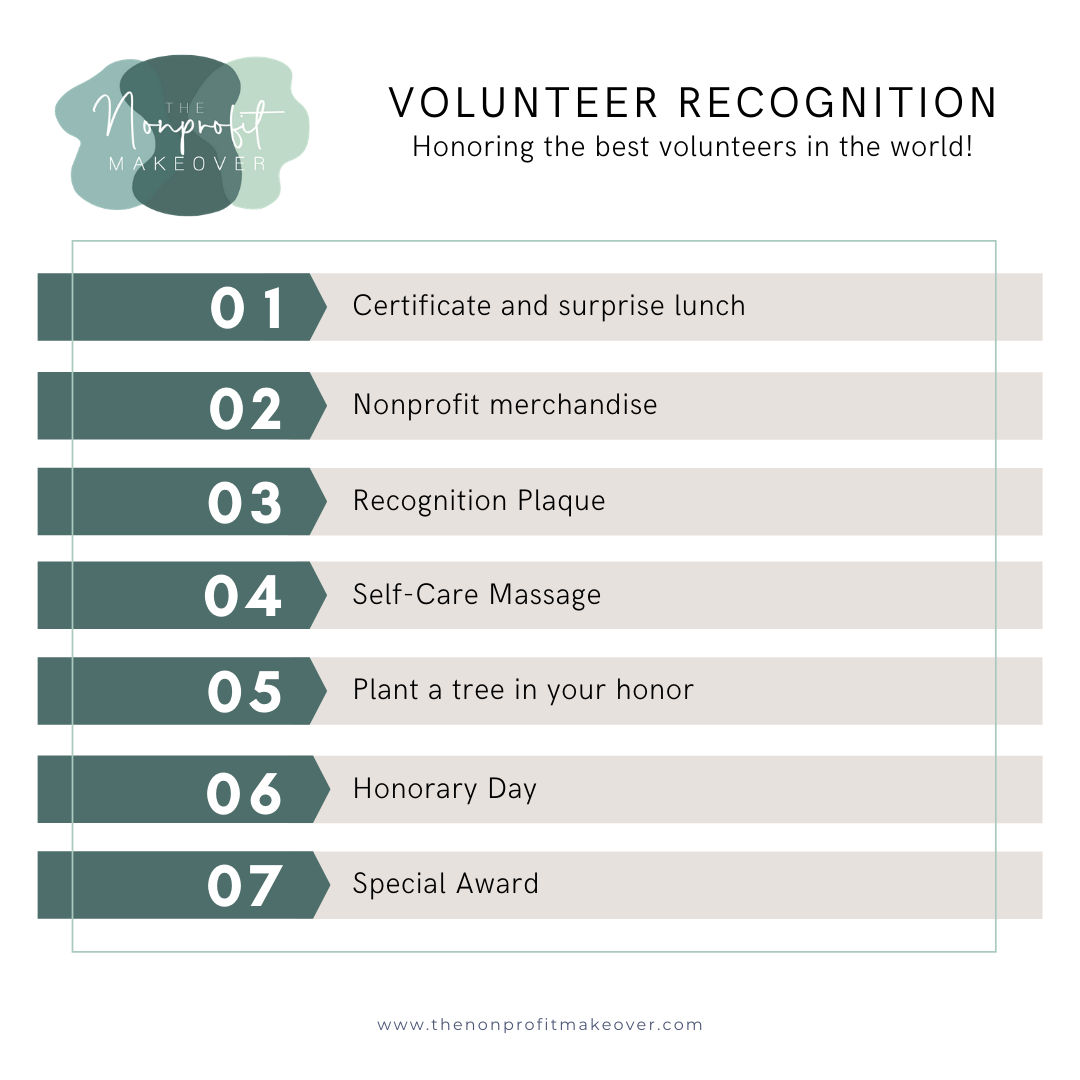The Ultimate Nonprofit Makeover: 10 Ways to Elevate Your Nonprofit
As we enter the second half of 2023, many nonprofit organizations are looking for ways to continue improving their operations and make a bigger impact in their communities. If you're ready to take your organization to the next level, here are ten steps you can take to makeover your organization this year:
Clarify your mission statement: Clarifying your mission statement is crucial for your nonprofit's success. It helps you to clearly articulate what you do and why it matters. It also ensures that your team, volunteers, donors, and stakeholders are aligned with your organization's purpose and goals. To clarify your mission statement, you should begin by examining your organization's history, core values, and goals. Ask yourself questions like, "What inspired me to start this nonprofit?", "What are the most pressing issues my nonprofit is addressing?", "Who does my nonprofit serve?", and "What impact do we want to make?".
Conduct a program review: Review your programs to determine which ones are most effective and which ones need improvement or should be discontinued. Conducting a program review in the context of a nonprofit organization refers to the process of assessing and evaluating the effectiveness of a specific program or project. This involves a thorough examination of the program's goals and objectives, as well as the strategies and resources used to achieve them. The review may include gathering data on program outcomes, such as the number of people served, changes in behavior or attitudes, or other measurable impacts. Additionally, a program review may involve analyzing the program's budget, staffing, and other resources to identify areas where improvements can be made. The goal of a program review is to identify strengths and weaknesses of the program and to develop recommendations for improving its overall effectiveness and impact.
Analyze your funding sources: Analyze your funding sources to determine which ones are the most effective and sustainable. Analyzing funding sources is a critical aspect of managing a nonprofit organization's finances. To analyze funding sources, nonprofit leaders must review financial statements and reports to identify the percentage of revenue from each funding source. This can help organizations identify any over-reliance on a particular source of funding, such as a single large grant or donor, which can leave the organization vulnerable in the event of a sudden loss of funding.
4. Develop a fundraising plan: Develop a comprehensive fundraising plan that includes multiple streams of revenue and identifies potential new funding sources. The first step in developing a fundraising plan is to conduct a thorough analysis of your organization's current financial situation. You should also assess your organization's capacity to undertake fundraising activities, including the availability of staff, volunteers, and other resources.
5. Evaluate your board of directors: Evaluate your board of directors to ensure that it is diverse, skilled, and committed to your organization's mission. Evaluating your board of directors is an important aspect of running a successful nonprofit organization. It involves assessing the effectiveness of the board as a whole, as well as the individual members. It's also important to consider the diversity and representation of the board in terms of skill sets, backgrounds, and perspectives. This evaluation process can help identify areas for improvement and ensure that the board is best positioned to support and guide the organization towards its goals.
6. Strengthen your volunteer program: Strengthen your volunteer program by providing clear expectations, training, and recognition for volunteers. Team members appreciate transparency and guidance — so do your best to prioritize training to ensure they are working efficiently.
“When I served as the CEO of my nonprofit, I welcomed open feedback and honest communication with my volunteers and staff. I created space for volunteers transitioning out of our organization to do “exit interviews” to hear how we can improve our internal workings and infrastructure. One volunteer suggested, “better onboarding training” another said, “clear expectations of my volunteer role.”
I took this opportunity to use their feedback to improve the way we worked as a team.
- Kristen Faith, CEO of The Nonprofit Makeover
Here are 7 different ways you can recognize your volunteers and staff.
Photo Credit: @thenonprofitmakeover
7. Review and improve your marketing: Effectively marketing your nonprofit is crucial for raising awareness, engaging supporters, and attracting donors. Nonprofit Makeover University offers valuable guidance on reviewing and improving your marketing strategies. By understanding your target audience, you can tailor your messaging and outreach efforts to resonate with their interests and motivations. Diversifying your marketing channels, such as social media, email campaigns, and community events, can expand your reach and connect with a wider audience. Additionally, measuring the results of your marketing initiatives allows you to identify what works best and optimize your efforts for greater impact.
8. Embrace technology: In a digital age, embracing technology is essential for nonprofits to thrive. Nonprofit Makeover University encourages organizations to adopt cutting-edge tools and platforms that enhance efficiency and effectiveness. Streamlining operations through technology not only saves time and resources but also enables nonprofits to focus more on their mission-driven work. From cloud-based collaboration tools to donor management software, technology plays a pivotal role in optimizing internal processes and improving overall organizational performance.
9. Cultivate partnerships: Collaboration and partnerships are powerful forces that can amplify your nonprofit's impact. Nonprofit Makeover University emphasizes the significance of cultivating partnerships with other like-minded organizations, businesses, and individuals. By pooling resources and expertise, you can achieve greater outcomes and address complex community challenges more effectively. Collaborative efforts can also enhance your organization's credibility and expand your network of supporters, thereby bolstering long-term sustainability.
10. Measure your impact: To effectively achieve your mission, it's vital to measure your impact and evaluate the effectiveness of your programs and activities. Nonprofit Makeover University encourages nonprofits to set clear, measurable goals and collect relevant data to track progress. Regularly evaluating your impact allows you to identify areas of success and areas for improvement. Data-driven decision-making empowers your organization to refine strategies, allocate resources efficiently, and demonstrate transparency and accountability to stakeholders and donors.
By taking these ten steps, you can makeover your nonprofit and position it for success in 2023 and beyond. The Nonprofit Makeover University offers comprehensive training and resources to help you achieve your goals and make a bigger impact in your community. Sign up today and join a community of nonprofit leaders who are transforming their organizations and making a difference in the world.


